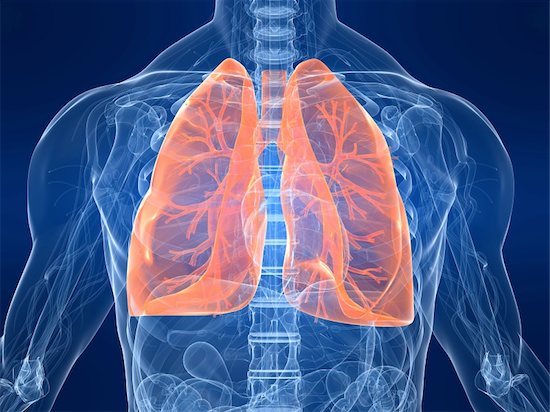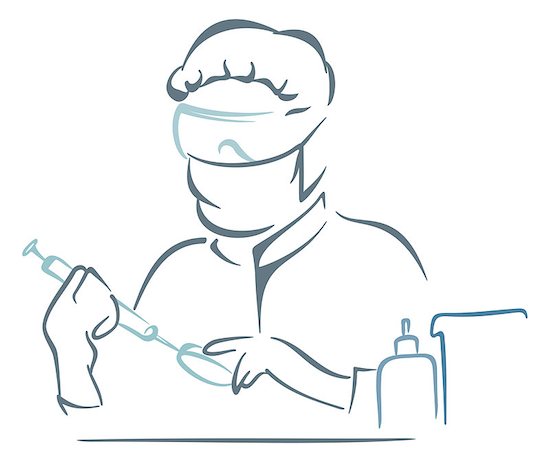HIV Management

The Importance of Oral Health for HIV Patients
One under-the-radar issue HIV patients might underestimate is the fragility of their oral health. It’s an important factor that warrants attention. Before antibodies appear, the mouth is the first part of the body that shows signs of carrying the infection. Catching the virus at such an early stage leads to earlier treatment and helps prevent the spreading of HIV to another partner.
It’s prudent for HIV patients to practice good oral health care. Proper hygiene and regular checkups with a dentist can make a world of difference. If you’re wondering what potential drawbacks poor hygiene in this body part may cause, here are some of the most common.
The Most Common Oral Health Side-Effects for HIV Patients
Of the many side-effects that come with having HIV, candidiasis (also known as thrush) is among the most common. Candidiasis can cause difficulty swallowing, a decreased appetite, and painful areas in the mouth.
Another potential red flag to look out for is hairy leukoplakia. Visible symptoms of hairy leukoplakia are white patches that form around the tongue. These patches are permanent. Regular oral health tools can’t remove them.
Oral health concerns of this ilk should not go ignored. If matters are left to linger, and if eating causes enough pain, these ailments have the potential to cause malnutrition. It can also influence how your body absorbs HIV medication.
Take Preventative Steps
HIV patients are more susceptible to infection, pain and tooth loss for a variety of reasons. But they’re still easily preventable problems if paid attention to early and often. Now that oral surgeons are noting the importance their field has in early detection, awareness could become more commonplace. Even small-scale measures, like brushing your teeth twice daily and flossing, will help you avoid most routine mouth problems. It’s another necessary aspect of living with HIV.

How HIV Affects Tuberculosis Bacterium
Most people know that HIV negatively impacts the immune system, crippling the body’s ability to fight off infections. The key to fighting the virus is to find out how it infiltrates the immune system. New research has made some developments into HIV and tuberculosis bacterium (MTB).
The Danger of Tuberculosis Bacterium
Tuberculosis bacterium (MTB) is the bacteria that causes tuberculosis to occur. Normally, the immune system prevents this infection by enclosing the bacteria in scar tissue. It is due to this special defense that only around 10 percent of people with “latent” tuberculosis develops the condition. However, if a patient is infected with HIV, they are at a greater risk of contracting the disease.
How Doctors Are Using Research to Develop a Vaccine
When the researchers at the Linköping University in Sweden discovered the connection between HIV and tuberculosis bacterium, they wanted to know more. They first started their inquiry by examining dendritic cells. These cells are a crucial aspect of the immune system, breaking down the bacteria. The body’s T-cells then kills the leftover pieces of bacteria before it has a chance to harm the body any further.
HIV inhibits the dendritic and T-cells. While most research has only proved that the virus affects T-cells, its interaction with dendritic cells is a new development.
“We have now shown that HIV has a clear effect also on the innate immune defense, in particular, the dendritic cells, which link the innate and the adaptive immune defenses. Much work remains to be done, but we can already suggest that one important future treatment strategy for infection should be to find ways to strengthen or boost cells in the immune defense using what is known as ‘host-directed therapy’,” says study lead Robert Blomgran.
Tuberculosis is a disease that mainly affects the lungs, making life difficult. Hopefully, that vaccine can be developed, so that HIV patients can be better protected.

Better Model Used to Further Development of HIV Vaccine
One of the best ways to stop the spread of disease is through vaccines. This long-used defense has halted numerous and dangerous infections over the years. It is no wonder then that scientists are urgently searching for ways to develop an HIV vaccine. A number of factors present obstacles that have, so far, stood in the way of progress.
3 Struggles in the Search for a HIV Vaccine
The menacing virus is an elusive microbe that evades detection both from the human immune system and most HIV vaccine models tested against it. What makes the virus so effective is the ability it has to mutate, which happen rapidly. Vaccines generally work by using non-infectious material and introducing it into the body where the immune system can identify and then attack it. The quickly changing virus means that a lesser amount of the virus is actually found and eliminated.
Another factor that gets in the way is the design of the HIV itself. The virus is packed into a type of envelope, which is coated with sugars that come from the host. Because this is on the outside of the microbe, it makes it difficult for the immune cells to identify it as an intruder.
A third issue in the mix is the lack of a living model that researchers can use to test potential HIV vaccines. This last obstacle has limited progress the most. Recent developments may finally change that.
A team of researchers has found that a certain species of primates has an immune system that closely resembles that of the human immune system. In order to be able to use this to their advantage, a virus that resembled HIV but that could infect the animal, had to be developed. The researchers, with some trial and error, were able to accomplish this. The result is a virus that infects and creates AIDS-like symptoms in the host animal. With a better model to test vaccines and monitor the viral envelope, they are hopeful to speed up HIV vaccine research and development.

HIV DNA Successfully Removed from a Living Cell
HIV treatments have dramatically improved in recent years. Combinations of antiretroviral medications target the replicating of HIV within the body. When taken regularly, many HIV-positive individuals can lead relatively normal and healthy lives. As beneficial as these treatments are, researchers are still looking into finding an actual cure for the disease. One reason: if treatment happens to be interrupted, the virus quickly makes a comeback, and the infection can progress to AIDS. This is due to the latent HIV DNA within the cells.
Without the medications to suppress the virus, the infected cells are free to reproduce. Removing these viral pieces from the infected cells, and other areas where they lay dormant, is what would eradicate the infection.
HIV DNA: Gene Editing Takes the Next Step
In line with this objective, one recent study has successfully removed the HIV DNA from infected cells. The team had developed a sort of gene editor. The system works by targeting the infected cells and removing specific segments of HIV’s genetic material implanted by the virus.
When first tested, results were positive, and had little-to-no adverse effects. The most recent trial included targeting HIV material in organ tissue and blood cells. After just a couple of weeks, every type of tissue showed signs of the viral genetic material being removed. The broad spectrum of tissues gives hope that further developments will yield lasting and effective results, especially if gene editing is used in conjunction with current therapies.
Researchers are confident that if used alone, it has the potential to eliminate HIV from the body. Added benefits may come from using it along with antiretroviral therapies. Suppressing the virus’ ability to replicate, and removing its DNA from infected cells (even latent ones), will ensure a clean sweep. Seeing as the gene editing is also a very flexible technique, it is possible to tailor it to target mutated forms of the virus—an issue that continues to impede progress.
While the results from this study have years of trials and testing to go, it shows that medical objectives in regard to HIV and HIV DNA are feasible.

The Enzyme That Could Be Used Against HIV
HIV can now be managed as a chronic disease, largely due to modern antiviral medications. These medications target the enzyme, protease. Inhibiting the enzyme aids in preventing the infection from spreading within the body by slowing the maturing process. However, studies are now showing that the very enzyme that speeds up maturation can also destroy the virus if certain processes were to be delayed. This could mean that within a decade we will see a new generation of medications used to treat and manage HIV with potentially fewer side effects.
Halting the Spread by Activating the Enzyme Early
Once a cell is infected, a sort of bud forms from the cell. This sac-like structure contains viral particles that will soon become mature HIV. Once the bud is released, it is the protease enzyme that goes to work in order to morph the particles into a mature, infectious virus. Afterward, it floats around until a new, healthy cell is found and infected, thus starting the process over again. This then makes it understandable why the current therapies are aimed at stopping protease. Researchers have found, however, there are certain factors that, when changed, can cause the enzyme to activate prematurely. If this happens prior to the bud releasing from the host cell, it means the viral particles that were released will not be able to mature, and thus are not infectious.
When the protease activates before the bud releases, it causes a leak of proteins and enzymes into the host cell. Once the bud actually releases, there is no more enzyme to trigger the maturing phase. How does protease activate early? Everything works on the precise timing of events. The viral interaction with certain proteins is important to timing the release. Should an interaction be compromised, a delay can occur. The protease activates regardless of whether the bud has separated or not. With the release time delayed and the proteins gone, there is nothing left for the virus when the bud is finally detached, and it is rendered impotent.
Current medications can cause a spectrum of side effects that are often experienced. Therefore, many programs and studies are focusing on effective therapies with fewer side effects.





